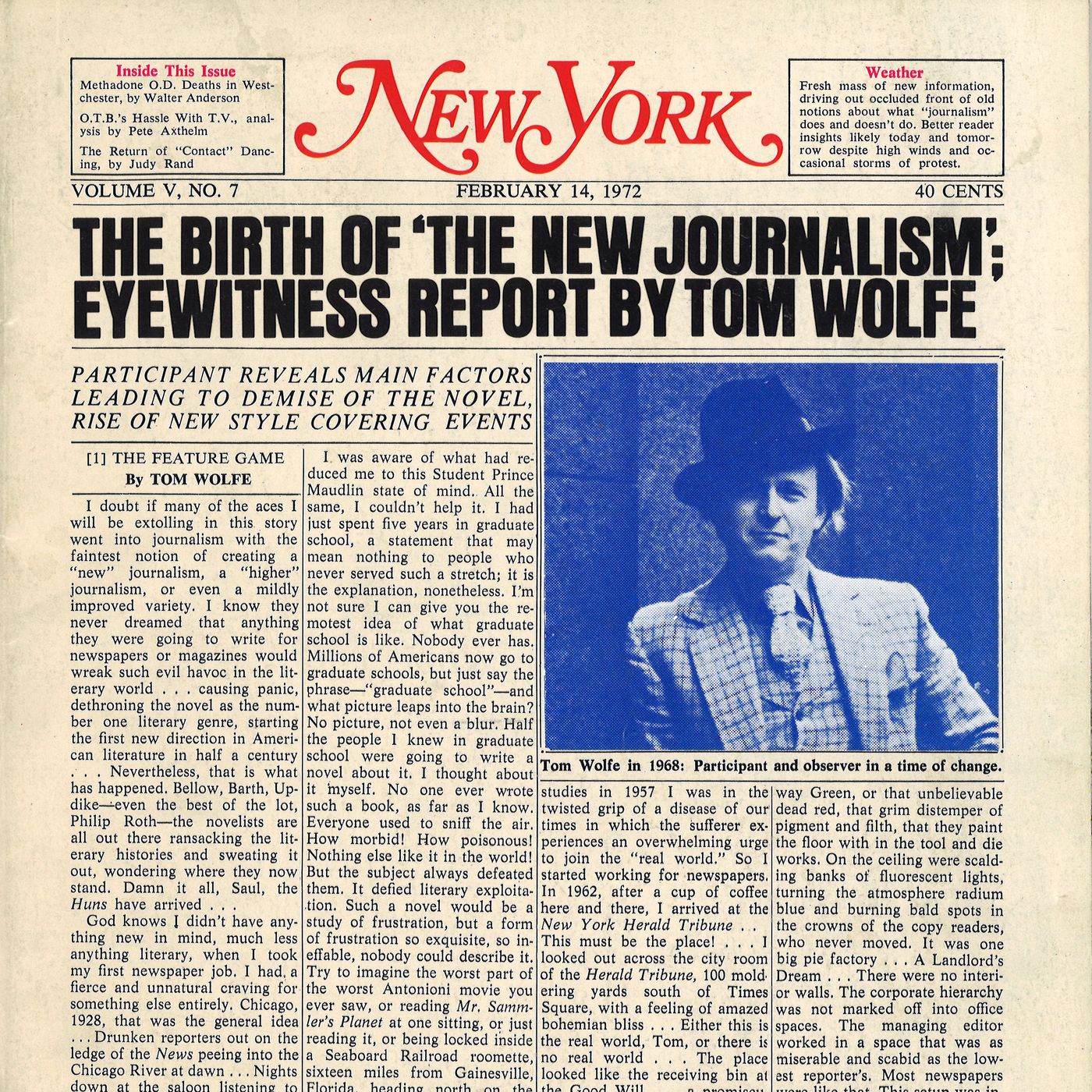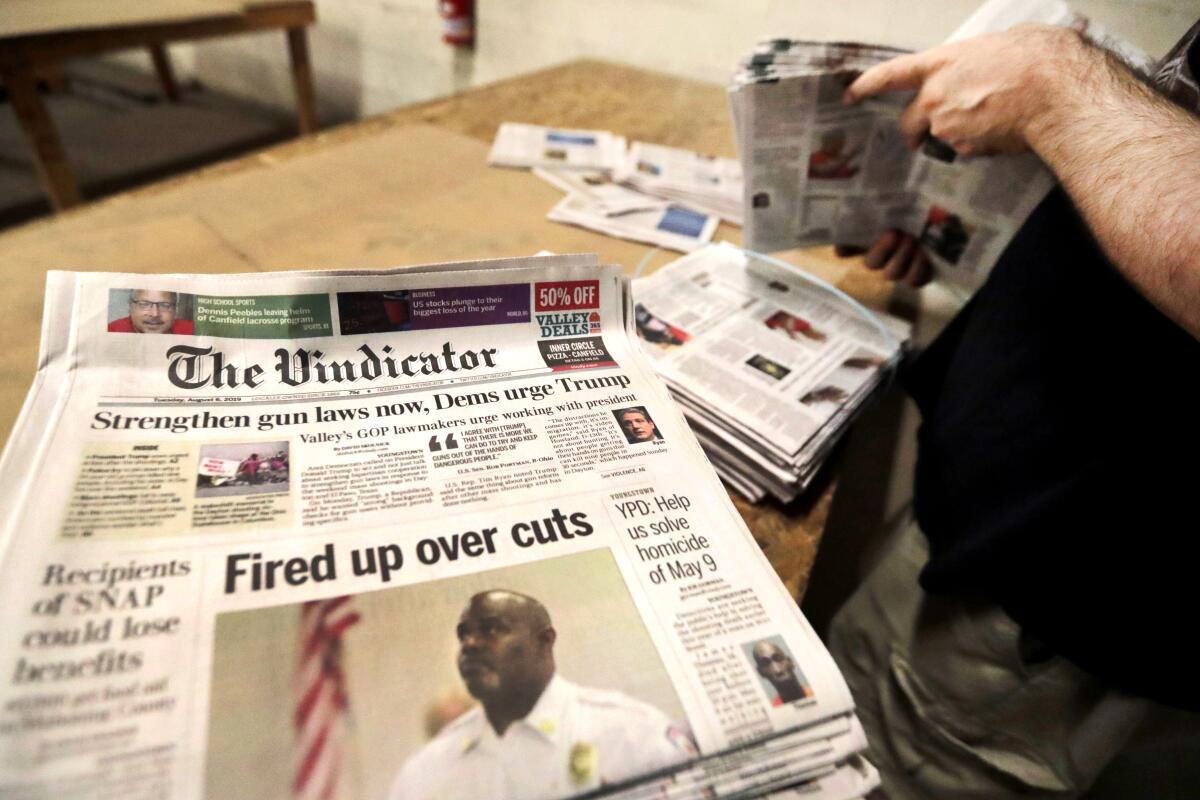The Single Strategy To Use For News Articles
The Single Strategy To Use For News Articles
Blog Article
Rumored Buzz on News Articles
Table of ContentsNot known Incorrect Statements About News Articles Some Ideas on News Articles You Need To KnowThe Best Guide To News ArticlesSome Of News ArticlesThe 3-Minute Rule for News Articles
Good expertise of different topics offers students an one-upmanship over their peers. Despite the fact that digital and social media sites are readily accessible, we must not neglect exactly how vital it is to read the papers. Moms and dads should attempt and inculcate the practice of reviewing a newspaper as an everyday regimen to proceed the legacy of the adored print tool.Information tales also include at least one of the complying with crucial features loved one to the intended target market: closeness, prominence, timeliness, human interest, quirk, or consequence.
Within these limitations, newspaper article also aim to be comprehensive. However, other factors are involved, some stylistic and some originated from the media form. Amongst the bigger and a lot more highly regarded newspapers, fairness and balance is a significant consider offering info. Commentary is typically confined to a separate area, though each paper might have a different overall angle.
Newspapers with a global audience, for instance, tend to make use of a more official style of composing. News Articles.; typical style guides include the and the United States Information Design Book.
A Biased View of News Articles
As a policy, reporters will certainly not make use of a lengthy word when a brief one will certainly do. They make use of subject-verb-object construction and vivid, active prose (see Grammar). They provide narratives, examples and metaphors, and they rarely depend on generalizations or abstract ideas. News authors attempt to stay clear of making use of the very same word greater than as soon as in a paragraph (sometimes called an "resemble" or "word mirror").
Headings often omit the topic (e.g., "Leaps From Boat, Catches in Wheel") or verb (e.g., "Cat woman fortunate"). A subhead (likewise subhed, sub-headline, subheading, subtitle, deck or dek) can be either a subordinate title under the major heading, or the heading of a subsection of the article. It is a heading that comes before the primary text, or a team of paragraphs of the primary text.

Additional billboards of any of these kinds might appear later on in the short article (especially on succeeding web pages) to lure more reading. Such signboards are additionally made use of as tips to the short article in various other areas of the publication or site, or as promotions for the item in various other publication or websites. Common structure with title, lead paragraph (recap in strong), various other paragraphs (information) and contact info.
Example of a hard-lead paragraph NASA is proposing one more space job. The firm's budget demand, revealed today, included a strategy to send out one more mission to the Moon. This moment the agency intends to develop a long-term facility as a jumping-off place for various other room adventures. The budget plan demands approximately $10 billion for the project.
The NASA announcement came as the firm requested $10 billion of appropriations for the task. An "off-lead" is the second crucial front web page information of the day. The off-lead appears either in the top left corner, or directly below the lead on the right. To "hide the lead" is to start the post with background info or information of additional importance to the visitors, compeling them to find out more deeply right into an article than they should have to in order to find the crucial points.
The smart Trick of News Articles That Nobody is Talking About
Common use is that one or more sentences each create their own paragraph. Reporters normally explain the organization or framework of a news story as an inverted pyramid. The vital and most interesting components of a story are placed at the beginning, with supporting info complying with in order of reducing relevance.
It permits people to discover a subject to only the deepness that their interest takes them, and without the charge of details or subtleties that they could think about irrelevant, however still making that details available to more interested visitors. The upside down pyramid structure additionally makes it possible for articles to be cut to any approximate length throughout design, to suit the space offered.
Some authors begin their stories with the "1-2-3 lead", yet there are many type of lead available. This style inevitably starts with a "Five Ws" opening up paragraph (as defined over), adhered to by an indirect quote that serves to support a significant aspect of the initial paragraph, and after that a direct quote to sustain the indirect quote. [] A kicker can describe several things: The last story useful site in the information program; a "satisfied" story to finish the program.
Longer posts, such as publication cover short articles and the items that lead the inside areas of a newspaper, are understood as. Feature stories differ from straight news in several methods.
The 7-Second Trick For News Articles
The reporter commonly information communications with meeting subjects, making the item learn this here now extra individual. A feature's very first paragraphs frequently relate an intriguing moment or occasion, as in an "anecdotal lead". From the details of an individual or episode, its view quickly widens to generalizations concerning the story's subject. The area that indicates what a feature has to do with is called the or signboard.

The Editor's Toolbox: A Reference Guide for Beginners and Professionals (2001) Allan M. Siegal and William G. Connolly. The New York Times Manual of Style and Usage: have a peek here The Official Style Overview Made Use Of by the Writers and Editors of the World's Many Reliable Newspaper (2002) M. L. Stein, Susan Paterno, and R.
Report this page